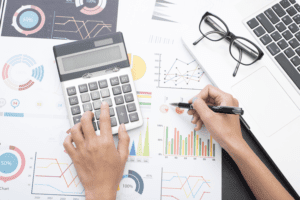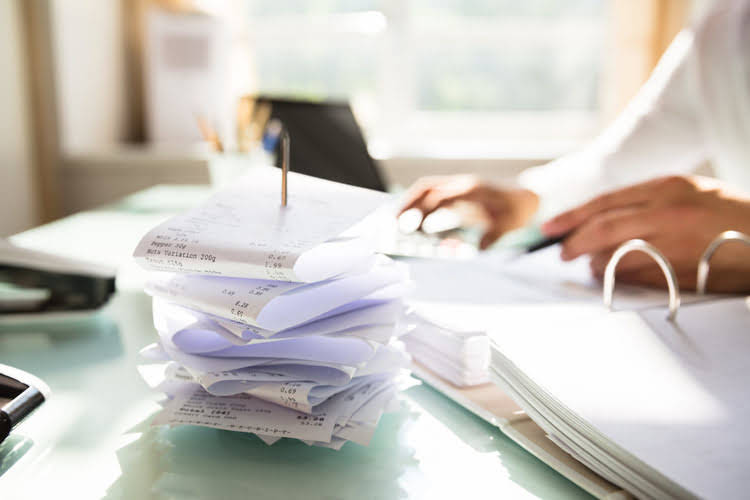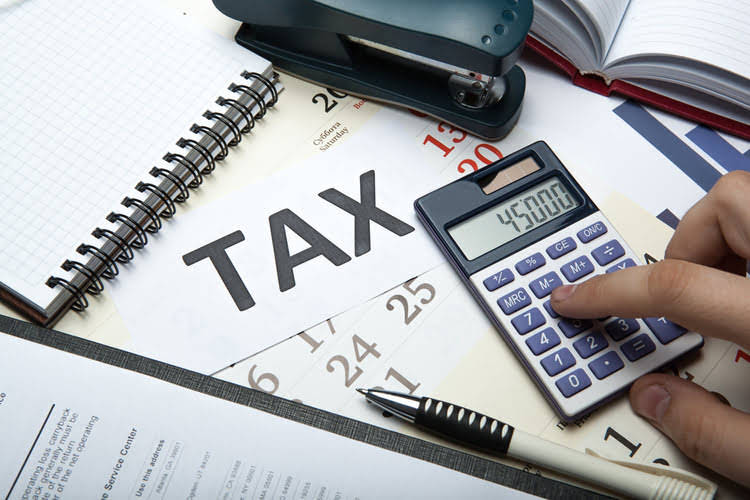
Additionally, it allows for proper calculation of depreciation expense and provides transparency and accountability in financial reporting. Depreciation is the process by which a plant asset experiences wear and tear over a particular period of time. Depreciation expense — calculated in several different ways — is then carried through to the income statement and reduces net income. Over time, plant asset values are also reduced by depreciation on the balance sheet.

Reporting Plant Assets in Financial Statements

Plant assets Accounting for Churches are considered non-current assets and are categorized as long-term assets on a company’s balance sheet. Current assets and plant assets represent two distinct types of assets on a company’s balance sheet, each serving different financial and operational roles. In contrast, plant assets are long-term assets like buildings, machinery, and equipment that contribute to the company’s core operations over multiple years.
Acquisition Costs
- The disposal of plant assets requires consideration of market value, decision-making, and appropriate accounting treatment.
- These are physical assets that are expected to be financially useful to a company for more than a year.
- In the end, be careful to distinguish between asset types both on the balance sheet and in practice.
- For instance, purchasing heavy machinery or a building often demands a substantial upfront cost that impacts a company’s cash flow and financial planning.
- Plant assets are goods that are considered long-term assets because of their high price or worth, even if the assets depreciate.
- Furniture and fixtures are also depreciable over time, with their useful life depending on materials, design, and usage.
- These improvements extend the asset’s useful life or increase its productivity.
They form the backbone of a company’s operational arsenal, each with a distinct role and Online Accounting value on the balance sheet that can significantly impact long-term business success. Buildings are structures where a business conducts its activities, such as manufacturing plants, corporate offices, retail stores, and warehouses. These assets are typically significant investments and have long useful lives, but they do depreciate over time due to natural wear and tear. Companies may periodically invest in repairs or renovations to keep buildings safe, efficient, and compliant with regulations.
FAR CPA Practice Questions: Calculating Income Tax Expense
This approach allows businesses to reflect the decreasing value of the asset accurately on financial statements. Various methods, like the straight-line or declining-balance method, are used to calculate annual depreciation. The exception is land, which typically does not depreciate because it doesn’t wear out or become obsolete over time. The acquisition of plant assets involves careful planning, research, and evaluation to ensure the assets meet the company’s needs and provide value for the investment made.
Main Elements of Financial Statements: Assets, Liabilities, Equity, Revenues, Expenses
Proper recording and classification of plant assets in accounting documents their cost, useful life, and depreciation, showcasing their value in the financial statements. Depreciation captures the gradual loss of value and wear and tear of plant assets, allowing for accurate financial reporting and asset management. Plant assets are vital components of a company’s long-term operations, representing tangible assets used in the production process or revenue generation.
- These assets are typically characterized by their substantial size and longevity.
- Plant assets are reported within the property, plant, and equipment line item on the reporting entity’s balance sheet, where it is grouped within the long-term assets section.
- There are different ways through which a company can provide for reducing the cost of the asset.
- These assets are not for sale to customers but are necessary for the business to carry out its operations.
- A construction company might use units of production for heavy machinery wear and tear, while an office may apply straight-line for desk computers.
They provide several contributions to a company and understanding how they work can aid in tracking the organization’s growth. Based on the plant assets purpose of depreciation mentioned above, depreciation should only commence when the asset is ready for use and is at the location that it is intended to be used. The same process will be repeated every year at the end of the financial year. For the past 52 years, Harold Averkamp (CPA, MBA) hasworked as an accounting supervisor, manager, consultant, university instructor, and innovator in teaching accounting online. For the past 52 years, Harold Averkamp (CPA, MBA) has worked as an accounting supervisor, manager, consultant, university instructor, and innovator in teaching accounting online.
💡 Expert-Led Sessions📊 Build Financial Models⏳ 60+ Hours Learning
- Plant assets, also known as property, plant, and equipment (PP&E), are long-term tangible assets that a company uses in its business operations to generate income.
- Although generally lower in cost than machinery or buildings, these assets contribute to a productive and organized working environment.
- Each industry tailors its asset management to meet operational needs, balancing the cost, maintenance, and efficiency of these assets to stay competitive and maintain service standards.
- Monte Garments is a factory that manufactures different types of readymade garments.
- Proper management of the disposal of plant assets ensures transparency in financial reporting and helps maintain accurate records of a company’s asset inventory.
They are recorded at cost and are depreciated over the estimated useful life, or the actual useful life, whichever is lower. Regardless of the company you’re analyzing, plant assets tend to be those held for long-term use and depreciated over their useful lives. As time goes on, plant assets wear down and must be replaced, although most companies try to extend useful life for as long as possible.
What is asset? Definition, Explanation, Types, Classification, Formula, and Measurement

As such, these assets provide an economic benefit for a significant period of time. From an accounting perspective, plant assets are typically held on the balance sheet at historical cost (what the company paid for them) less depreciation (ongoing wear-and-tear expense) over time. This can help provide accurate financial information if the market for plant assets is unusually volatile. Plant assets usually require a significant financial investment due to their essential role and durability in operations.